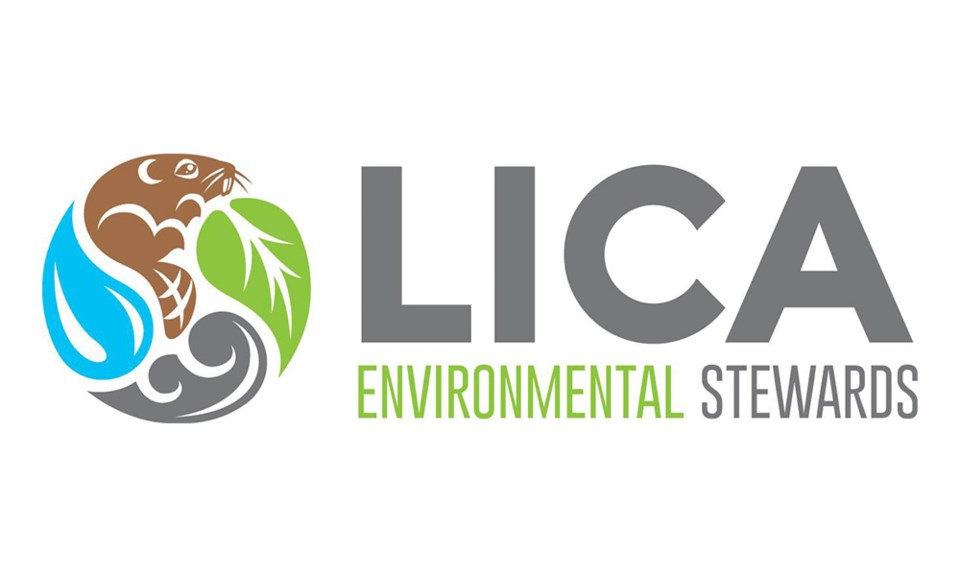LAKELAND - The Lakeland Industry and Community Association's (LICA) Air Monitoring Program is a comprehensive initiative employing various cutting-edge technologies to ensure Cold Lake and its surrounding areas enjoy optimal air quality, according to Michael Bisaga, the air monitoring program manager at LICA.
Bisaga recently shared insights into the LICA Air Monitoring Program, explaining how the initiative stands as a pillar in ensuring a high standard for air quality in the Lakeland.
"We have a network of multiple different types of air monitoring technologies," Bisaga says. This network includes continuous monitoring, passive monitoring, and small sensor monitoring, each serving a unique role in gathering air quality data.
Continuous monitoring stations, operational for more than a decade, offer near real-time data, which is essential during environmental events like wildfires. Making the data accessible through LICA's platforms offers the public timely information about current air quality conditions.
Recent enhancements, such as integrating small sensors like the Purple Air devices, further broaden the program's impact.
"With the prevalence and duration of wildfires increasing, the Purple Air devices have been really useful in helping us do more particulate matter monitoring in more communities," says Bisaga. These sensors expand monitoring capabilities and provide crucial insights during heightened environmental challenges.
Purple Air is a small device about the size of a grapefruit. They are cost-effective sensors that monitor particulate matter and can be easily connected to Wi-Fi for real-time data collection.
Their affordability - at around $250 to $300 each - has significantly expanded particulate matter monitoring in various communities, especially during the increasing intensity and duration of wildfires, complementing the capabilities of more expensive analyzers.
Bisaga adds that they are always updating technology.
“There's a continuous improvement and kind of evergreening program that takes place that we're always updating the equipment. We're always making sure that we're kind of using the latest and greatest so that we're using the best available technology.”
Bisaga underscores the program's value in communities like Cold Lake or Bonnyville, saying, "It provides a transparent third-party way of monitoring air quality that's accessible to anybody."
This data is instrumental for health authorities to make informed decisions, allowing for safe shelter advisories when needed.
He also emphasizes the program's integrity, saying, "The program is designed, and the oversight is provided by a multi-stakeholder board of directors."
This approach ensures unbiased data collection, offering reassurance to the public about the reliability of the program's findings.
"There's a quality assurance, quality control program that everybody follows," says Bisaga.



